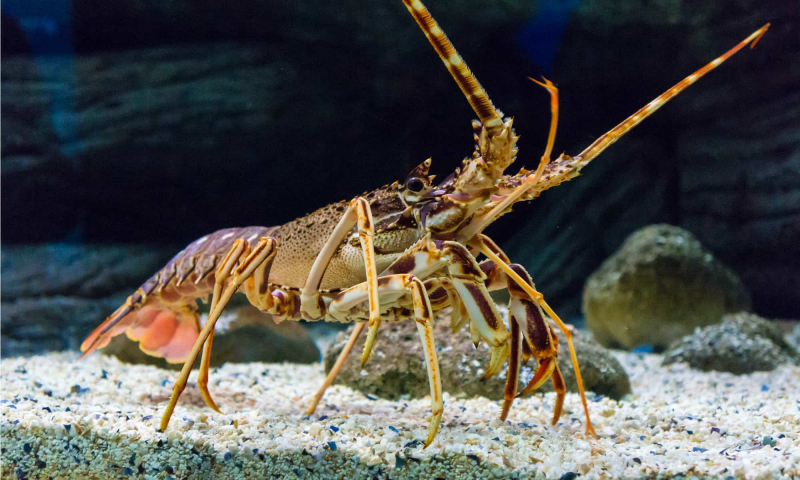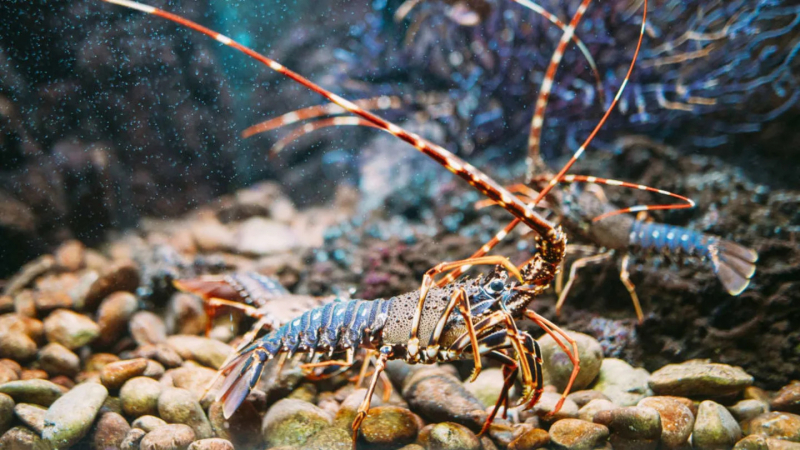Lobsters
The lobsters are important members of the food chain and are distinguished by their long whiskers, thin, muscular tails, and slender legs. In fact, the lobsters' antennae, sometimes known as whiskers, are helpful for their eating habits. The shorter antenna can help it decide if its prey is appropriate, while the longer one can help it become more oriented to its environment.
Small shellfish, clams, mussels, and even starfish are edible to lobsters. Since they may be found in a variety of settings, they are widely distributed. These starfish carnivores may be found on seafloors, where they gorge themselves on bottom-dwelling fish and other food.
The strong exoskeleton of the echinoderm provides little defense against the lobsters' "tooth" as they consume starfish. The strong exoskeleton of the starfish is cracked by three molar-like teeth in the stomach of the lobster, which is referred to as the "gastric mill." The larger starfish may elude medium-sized lobsters, but they can devour the smaller ones with ease. A large lobster, however, has the ability to eat an entire starfish.







